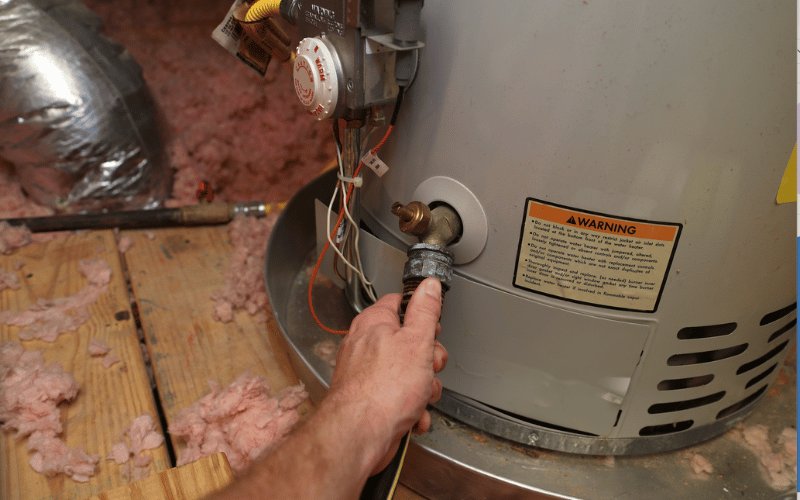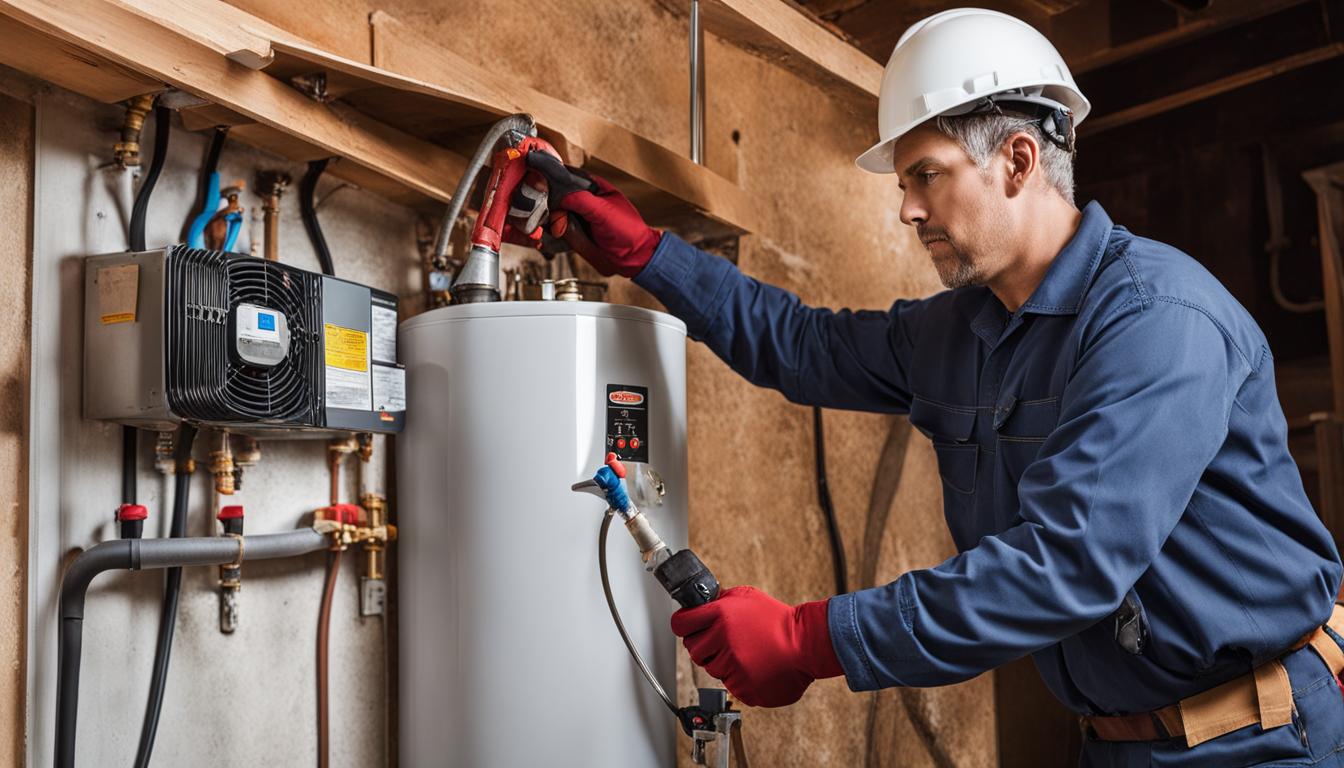Professional Tips for Caring for Your Home's Hot Water System
Professional Tips for Caring for Your Home's Hot Water System
Blog Article
This great article down the page involving Tips on Maintaining a Water Heater is truly motivating. Check it out for yourself and see what you think of it.

Warm water is necessary for everyday comfort, whether it's for a rejuvenating shower or washing recipes. To guarantee your hot water system runs efficiently and lasts much longer, regular upkeep is essential. This write-up supplies useful tips and understandings on how to keep your home's hot water system to stay clear of interruptions and costly fixings.
Introduction
Maintaining your home's warm water system might appear difficult, but with a couple of easy steps, you can guarantee it operates efficiently for many years ahead. This guide covers every little thing from comprehending your warm water system to DIY upkeep tips and recognizing when to hire specialist assistance.
Relevance of Maintaining Your Warm Water System
Regular upkeep not only prolongs the lifespan of your hot water system however also ensures it runs efficiently. Disregarding maintenance can cause decreased effectiveness, higher power bills, and also premature failure of the system.
Indicators Your Hot Water System Requirements Upkeep
Understanding when your warm water system needs interest can protect against major problems. Keep an eye out for signs such as irregular water temperature level, unusual sounds from the heating system, or rusty water.
Recognizing Your Warm Water System
Before diving right into upkeep tasks, it's valuable to recognize the basic elements of your warm water system. Typically, this includes the water heater itself, pipelines, anode poles, and temperature controls.
Regular Monthly Upkeep Tasks
Normal monthly checks can help catch small concerns before they escalate.
Flushing the Hot Water Heater
Purging your water heater removes sediment accumulation, boosting efficiency and prolonging its life.
Checking and Changing Anode Rods
Anode poles protect against corrosion inside the tank. Examining and changing them when broken is critical.
Inspecting and Adjusting Temperature Settings
Changing the temperature level setups makes certain optimum performance and safety.
DIY Tips for Maintenance
You can carry out a number of maintenance jobs on your own to maintain your warm water system in leading problem.
Looking for Leakages
On a regular basis check pipelines and links for leakages, as these can bring about water damages and greater costs.
Examining Stress Alleviation Valves
Examining the stress safety valve guarantees it works properly and stops extreme stress accumulation.
Protecting Pipes
Insulating warm water pipelines minimizes warmth loss and can conserve energy.
When to Call an Expert
While DIY maintenance is helpful, some issues require professional expertise.
Complex Concerns Calling For Expert Assistance
Examples consist of significant leaks, electrical problems, or if your water heater is continually underperforming.
Regular Expert Maintenance Benefits
Specialist upkeep can consist of complete evaluations, tune-ups, and guaranteeing compliance with security standards.
Conclusion
Normal upkeep of your home's hot water system is essential for performance, durability, and cost savings. By adhering to these suggestions and knowing when to look for expert help, you can make certain a trustworthy supply of hot water without unexpected disturbances.
How to Maintain an Instant Hot Water Heater
Before tinkering with your hot water heater, make sure that it’s not powered on. You also have to turn off the main circuit breaker and shut off the main gas line to prevent accidents. Also turn off the water valves connected to your unit to prevent water from flowing into and out of the appliance. 2. When you’re done, you have to detach the purge valves’ caps. These look like the letter “T†and are situated on either side of the water valves. Doing so will release any pressure that has accumulated inside the valves while at the same time avoid hot water from shooting out and burning your skin. 3. When the purge valves’ caps are removed, you have to connect your hosing lines to the valves. Your unit should have come with three hoses but if it didn’t, you can purchase these things from any hardware or home repair shops. You can also get them from retail stores that sell water heating systems. Read the user’s manual and follow it to complete this task properly. When the hosing lines are connected, open the purge port’s valves. 4. You should never use harsh chemical cleaners or solutions when cleaning your unit. Make use of white vinegar instead. It should be undiluted and you’ll probably use about 2 gallons. 5. Now flush your water heater. This task should probably take about 40 minutes. We can’t give you specific directions for this because the procedure is carried out depending on the type, model and brand of your heater. With that being said, refer to the user’s manual. 6. When you’re done draining the unit, you have to turn off the purge port valves again. Remove the hosing lines that you earlier installed on each of the water valves. Put the valve caps (purge port) back in their respective places and be very careful so as not to damage the rubber discs that are found inside these caps. 7. Now that everything’s back in place, check your user’s manual again to find out how to reactivate your water heating system. 8. Once it is working, turn one of your hot water faucets on just to let air pass through the heater’s water supply pipes. Leave the tap on until water flows smoothly out of it. https://www.orrplumbing.com/blog/2014/september/how-to-maintain-an-instant-hot-water-heater/

Hopefully you liked our section on What Kind of Maintenance Do Water Heaters Need?. Thank you so much for taking time to browse our content. Loved our write up? Please quickly share it. Help someone else find it. We truly appreciate your readership.
Schedule A Service Call Report this page